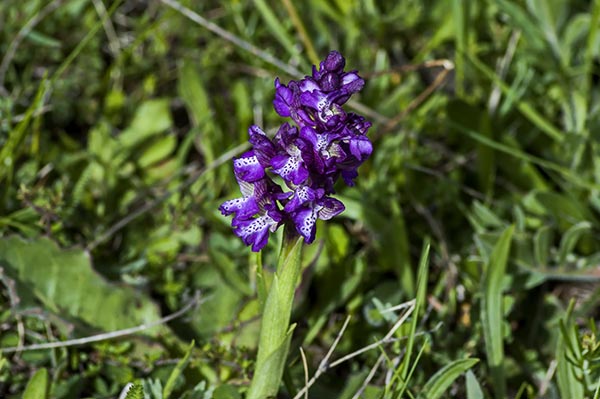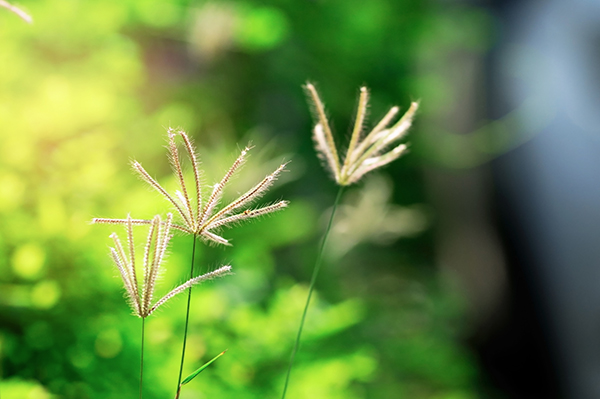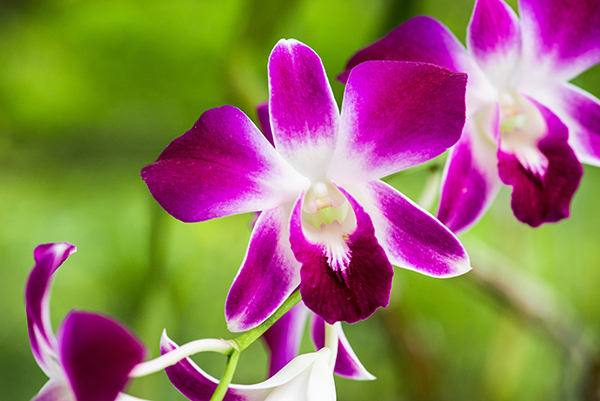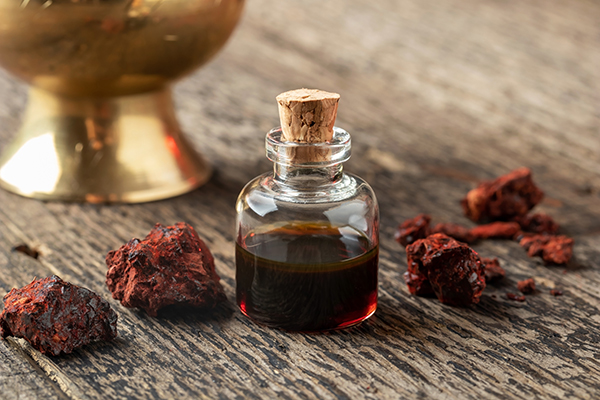The health benefits of salabmisri, an ancient unani medicine
07/03/2020 / By Evangelyn Rodriguez

The use of herbal medicines has been making a comeback in recent years. No longer a practice left behind in the past, more and more people are now opting to use natural remedies to address various health problems.
The main reason why people are now choosing alternative or complementary medicines is that conventional medications cause plenty of side effects. And these side effects affect a patient’s quality of life.
Natural medicines, on the other hand, cause relatively fewer side effects but show the same efficacy as conventional medications. Alternative medicines also cost considerably less than modern drugs. Hence, the use of herbal supplements is now common among American consumers.
With alternative medicines gaining more and more traction, scientists have also begun exploring the potential of medicinal plants used in old systems of medicine. These include traditional Chinese medicine, Ayurvedic medicine and Unani medicine.
In a recent study, researchers at the National Institute of Unani Medicine in India reviewed the medicinal uses of Orchis latifolia, a plant traditionally used in both Unani and Ayurvedic medicine. This plant is cultivated in Europe, India and South Asia.
The researchers’ report about this medicinal plant was published in The Journal of Phytopharmacology.
O. latifolia is a rich source of medicinal plant compounds
O. latifolia, locally known as salabmisri, panja or salep, is a terrestrial herb that grows in between Western Himalaya and Kashmir. It has been used for centuries in Unani and Ayurvedic medicine and is one of the herbs known for promoting sexual health.
Sometimes also called the Adam and Eve root, salabmisri is considered an aphrodisiac and a nervine tonic by Unani physicians. Nervine tonics are medicines that act therapeutically on the nerves and exert a sense of calm.
Today, salabmisri is used as a nutraceutical supplement by elderly patients, and research suggests it is because of the plant’s high nutritive value. A kind of flour called salep is also made from the ground tubers of salabmisri, which contain a nutritious starch-like polysaccharide called glucomannan.
Glucomannan is a water-soluble dietary fiber found in the roots of certain plants, such as the elephant yam. Now sold as a supplement, glucomannan helps slow the absorption of sugar and cholesterol from the gut and is a natural remedy for constipation.
According to studies, salabmisri has amazing medicinal properties, such as cholesterol-lowering (hypolipidemic), antihypertensive and anti-inflammatory properties. It can reduce gastrointestinal irritation and promote rejuvenation in patients suffering from chronic diarrhea and bilious fevers. (Related: A guide to treating diarrhea using natural remedies.)
Traditionally, salabmisri is used for the treatment of syphilis, strangury, hemiplegia, dyspepsia, tuberculosis, debility and helminthiasis. Scientists attribute its medicinal properties to its phytochemical content, which include phenolic acids, tannins, flavonoids, coumarins and terpenoids.
The biological activities of salabmisri’s active components
The medicinal uses of plants are dictated by the biological activities of their chemical components. These components can work alone or synergistically to exert beneficial effects. Here are some of the bioactivities associated with the compounds present found in salabmisri:
- Phenolic acids — Classified as polyphenols, phenolic acids are found in abundance in fruits, vegetables and whole grains. These compounds are readily absorbed through the walls of the intestines and act as antioxidants, protecting cells from oxidative damage caused by free radicals.
- Tannins — Tannins are water-soluble polyphenols found in herbal teas and betel nuts. Studies suggest that they have antioxidant, anticarcinogenic, antimutagenic and immunomodulatory properties. Tannins have also been found to reduce blood cholesterol levels and blood pressure.
- Flavonoids — A subclass of polyphenols, flavonoids are heart-friendly plant compounds found in fruits, vegetables and medicinal herbs. Flavonoids are said to prevent cardiovascular disease and cancer, promote bone formation, lower blood cholesterol levels and support weight loss.
- Coumarins — Described as colorless, crystalline substances, coumarins are polyphenolic compounds with multiple therapeutic effects. Coumarins are used to stop blood coagulation, inhibit the growth of tumors, treat chronic infections and reduce inflammation and edema.
- Terpenoids — Mostly of plant origin, some terpenoids are also produced by bacteria and yeast. Research has found that terpenoids have anti-cancer, antibacterial, antifungal, antiparasitic, antiviral, anti-allergenic, antispasmodic, blood-sugar-lowering (antihyperglycemic), anti-inflammatory and immunomodulatory properties.
Due to the presence of these active compounds, salabmisri appears to have plenty of medicinal applications. But research on the potential of this plant is still ongoing, so only time will tell which other conditions it will be used as a treatment for some day.
Sources include:
PhytopharmaJournal.com [PDF]
Longdom.org [PDF]
Tagged Under: alternative medicine, Ayurveda, disease treatments, herbal medicine, Herbs, natural cures, natural medicine, nutraceuticals, Orchis latifolia, phytonutrients, plant medicine, remedies, research, salabmisri, Unani


















